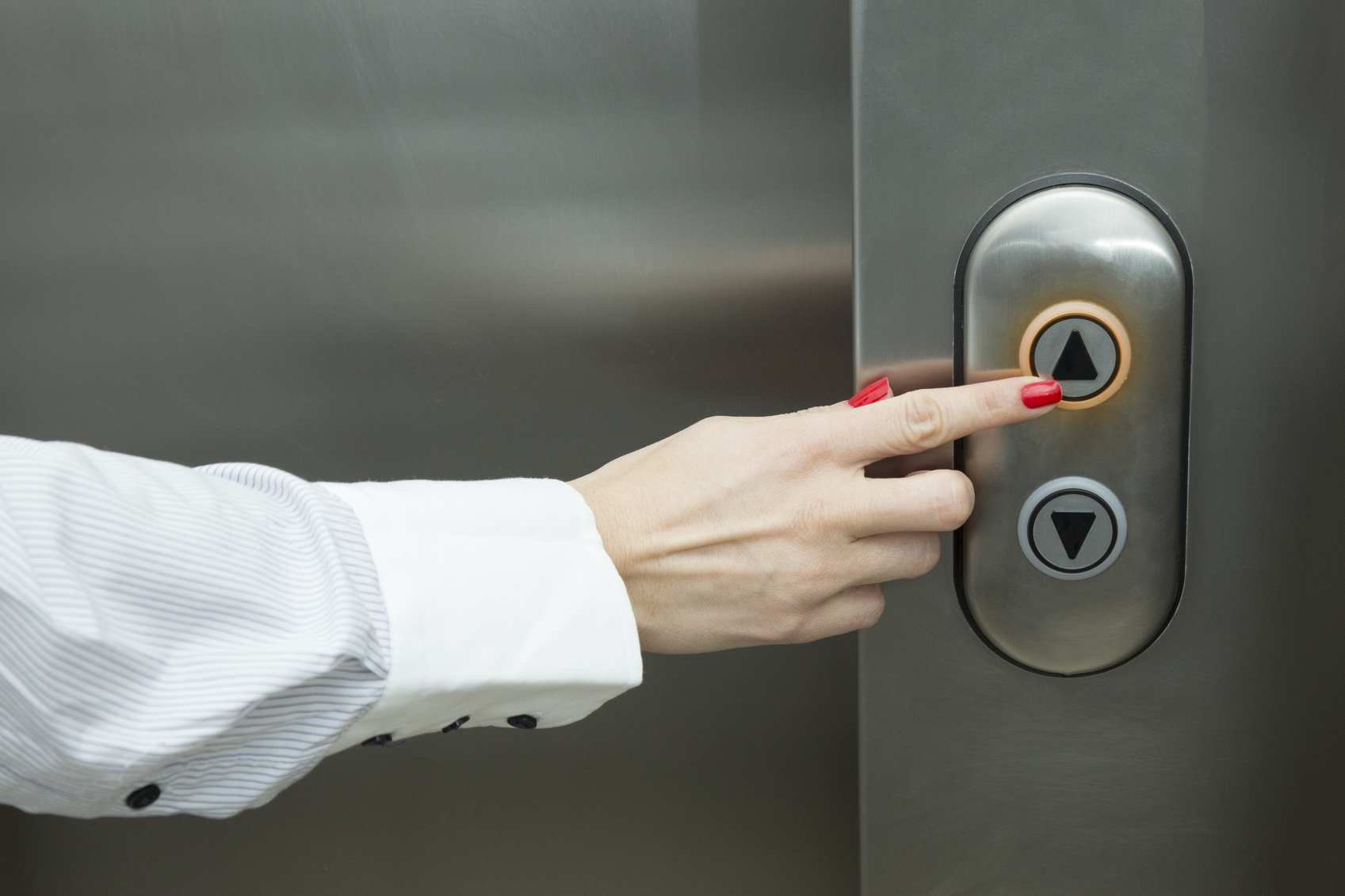Locate Reputable Lift Repair Near Me for Quick and Affordable Service
Wiki Article
Delving Into the Globe of Elevators: Usual Issues Encountered by Different Lift Mechanisms
As we browse through the upright transport systems of modern-day buildings, lifts stand apart as an important component of our day-to-days live. However, behind their smooth operation exists a world of detailed systems that can sometimes come across difficulties. From hydraulic elevators to grip systems and machine-room-less styles, each lift type comes with its set of common issues. Recognizing these difficulties is crucial for making certain the smooth functioning of these vital systems. Let's explore the complexities that underlie the procedure of elevators and the possible problems that can arise, clarifying the detailed web of lift systems.Hydraulic Lifts
Hydraulic elevators, typically favored for low-rise structures, utilize fluid pressure to manage the motion of the lift auto (lift repair companies). This mechanism involves a hydraulic pump pushing oil into a cyndrical tube, creating the elevator to relocate the wanted direction. While hydraulic elevators are known for their silent and smooth procedure, they do feature their own set of common issuesOne common problem with hydraulic elevators is oil leak. In addition, issues with the control system, such as defective valves or a malfunctioning pump, can trigger interruptions in the lift's activity.
Regular upkeep and punctual repair work are necessary to ensure the smooth functioning of hydraulic lifts. By dealing with these typical problems proactively, building owners can minimize downtime and guarantee the security and performance of their upright transport system.
Grip Elevators
When considering vertical transport systems in buildings, one more common type besides hydraulic elevators is the grip elevator. Traction lifts operate making use of a system of ropes and counterweights that relocate the elevator car by gripping onto the hoist ropes. This system enables smoother and much faster vertical transport contrasted to hydraulic systems.Among the common issues dealt with by grip elevators is rope wear. The continuous activity of the ropes within the traction system can lead to tear and wear with time, possibly causing the lift to malfunction or end up being hazardous for use. Routine evaluations and upkeep of the ropes are crucial to guarantee the elevator's proper functioning and safety and security.
One more concern that traction elevators might encounter is connected to the control system. Troubles with the control system can result in problems such as irregular movement, delays in feedback times, and even total closures. Regular testing and upkeep of the control system are essential to protect against such issues and make sure the lift's reliability.
Machine-Room-Less (MRL) Elevators

One of the crucial components of MRL lifts is the small gearless traction maker that is installed within the hoistway. This maker efficiently drives the lift auto without the requirement for bulky devices found in standard traction lifts. Additionally, MRL elevators normally make use of a weight system to stabilize the auto, more boosting their power efficiency.
Despite their advantages, MRL elevators may deal with difficulties connected to maintenance and repair service due to the constrained room for equipment setup. Ease of access for servicing parts within the shaft can be restricted, requiring specialized training for technicians. Appropriate maintenance routines and normal examinations are essential to make sure the ongoing smooth procedure of MRL lifts.
Overloading and Weight Restriction Issues
Are lifts equipped to handle excess weight loads efficiently and safely? Overloading and weight limitation problems are important problems in lift procedures. Lift suppliers layout raises with details weight abilities to guarantee traveler security and Source devices durability. Surpassing these weight restrictions can bring about numerous problems, including mechanical failings, delays, and security threats.When lifts are overwhelmed, it places excessive stress on the electric motor, wires, and other components, possibly causing malfunctions or breakdowns. If they find excess weight, safety and security devices such as sensing units and overload sensors are in area to stop elevators from relocating. In addition, going beyond weight limits can cause increased power consumption and damage on the elevator system.
To minimize overwhelming concerns, developing supervisors ought to plainly display weight restrictions in lifts and educate passengers on the relevance of adhering to these constraints - lift repair companies. Regular maintenance checks by certified service technicians can additionally help guarantee that elevators are operating within secure weight criteria. By resolving overloading and weight restriction problems proactively, structure proprietors can enhance elevator security and effectiveness
Electrical System Failures
Exceeding weight limits in elevators can not only lead to mechanical issues but also potentially contribute to electric system failings within the lift framework. Electric system redirected here failings are an important worry in lift procedure, as they can trigger unforeseen shutdowns, malfunctions, or even safety risks.Regular upkeep and inspections are critical to determine and attend to potential electrical concerns immediately, ensuring the reliable and safe procedure of elevator systems. By adhering to weight restrictions and carrying out routine electrical system checks, structure owners can minimize the risk of electrical failings in elevators.
Final Thought

Hydraulic lifts, commonly chosen for low-rise structures, utilize fluid stress to control the activity of the elevator auto.When thinking about upright transportation systems in structures, another usual type apart from hydraulic elevators is the traction lift. Traction lifts operate making use of a system of ropes and counterweights that relocate the elevator auto by gripping onto the hoist ropes. Unlike typical elevators that need a different device area to house the equipment, MRL lifts incorporate most of the elements within the shaft, removing the need for a committed device space.In verdict, elevators encounter common concerns such as hydraulic breakdowns, grip system failings, and electrical system issues.
Report this wiki page